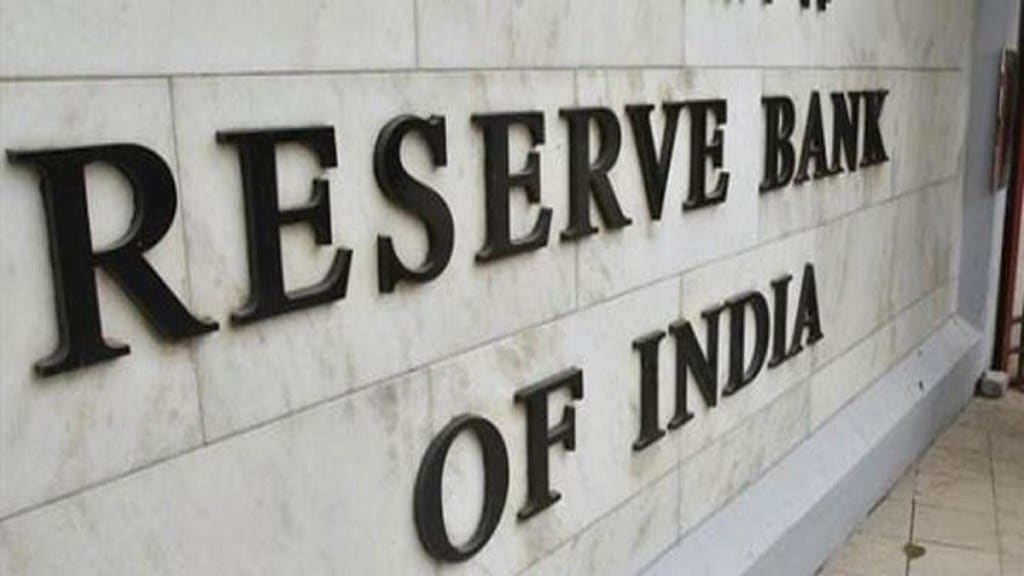By Soumya Kanti Ghosh
The effectiveness of monetary policy in India’s pre-inflation targeting regime was constrained by India-specific factors that affected transmission of policy impulses through the interest rate channel. Some of the major factors were sustained fiscal dominance; large informal sector and significant presence of informal finance; and bank behavior in pricing loan products. Assiduous efforts of the government, the Reserve Bank of India (RBI), and banks have addressed all these in the last decade.
The RBI adopted the flexible inflation targeting (FIT) agreement in February 2015 and amended the RBI Act in May 2016 — with the inflation target set by the government in consultation with the central bank, and a possibility of revisiting it after five years. Accordingly, the government announced an inflation target of 4% with an upper tolerance limit of 6% and a lower limit of 2%. This band has so far not been changed.
A report card of the FIT performance during the 10 years of its existence is important to look at the future. Inflation has declined since the adoption of inflation targeting, compared to the preceding years. But what is important is that both core consumer price index (CPI) and CPI inflation have stayed within the band of 2-6% of with a few exceptions. The FIT performance in the first five years which included Covid-19 exceeded the inflation target due to a supply shock and also the creation of liquidity. However, both core and CPI inflation stabilised close to the upper band till July 2023 after which there was a rapid correction.
Thus, if we factor in the few points, the FIT has been effective in anchoring the expectations and may have been instrumental in insulating the economy from a wider flux in the external environment. Most importantly, flexibility in inflation targeting as practised by the RBI — where the central bank looks through the inflation print even if it stays outside the band — has worked quite well in India.
This formulation allows for the inevitable uncertainties that are involved in forecasting, and lags in the effects of monetary policy on the economy. The experiences in Australia and elsewhere have shown that inflation is difficult to fine-tune within a narrow band. The inflation target is also, necessarily, forward-looking. This approach allows a role for monetary policy in dampening the fluctuations in output over the course of the cycle. When aggregate demand in the economy is weak, for example, inflationary pressures are likely to be diminishing and monetary policy can be eased, which will give a short-term stimulus to economic activity. Following this method of inflation-targeting since the early 1990s has resulted in an excellent economic performance for Australia. Average inflation in India since inflation targeting was introduced is 4.9%, while food inflation is also remarkably at 4.9%. Compared to advanced economies like the US, Germany, and France, India had one of the lowest deviations from its inflation target in the triennial average inflation from 2021-2024.
Independent studies also arrive at similar conclusions that long-term inflation expectations became less sensitive to inflation sentiment in the post-2016 period, which implies an effectiveness of the FIT regime. Studies also find that food-price inflation can de-anchor expectations and spill over into core inflation.
Now, what should be the future of FIT after 2026? Views range from continuation to the most direct official statement in the Economic Survey that has proposed “India’s inflation targeting framework should consider targeting core inflation, excluding food”. An internal committee of the RBI is in favour of retaining the current inflation target.
Besides these, other possibilities also exists. Should the mid-point inflation rate be revised downwards or should the band be narrowed further? Probably the best course of action is to continue with the current regime, the reasoning being that the statistical evidence of the FIT having delivered is difficult to refute.
One should also recognise that targeting core inflation instead of overall CPI is inconsistent with the structure of Indian economy and may accentuate the cross-subsidisation between households and sectors that form the part of core CPI. Core CPI also may not offer an appropriate nominal guidance given the complexities. For example, core CPI contains items like service sectors that face supply bottlenecks (healthcare, education etc.), as well as items like clothing and footwear which have unique characteristics or are non-discretionary and non-leveraged, and may not respond to monetary policy signals.
Also, the argument that “food inflation remains sticky but core inflation has moved down and hence it is better to target headline inflation excluding food” is counterfactual. Inflation targeting by the RBI has anchored inflationary expectations, and thus the spillover from higher food to core. The more the RBI communicates that 4% is the inflation target, the more successful the anchoring of inflation targeting will be.
Thus, from the point of view of communication, CPI is far more effective than core CPI. How should monetary policy respond to supply shock depends on a number of factors. The optimal monetary policy response to a single supply shock depends on the nature and duration of the shock and the strength of second-round effects, but multiple supply shocks complicate the matter.
Hence, from the communication standpoint, FIT has achieved the required credibility. It is important that any change in FIT ensures there is continuity and any revision is easy to communicate. Reduction in width of the band has to keep in mind the impossible trinity impact of the external sector on rupee.
The current target of 4% with a variation of +/- 2% is appropriate and may continue till 2031. For the RBI, having gained credibility with the shift to FIT, drastic revisions are counterproductive at a stage when policy uncertainty is the highest.
The writer is member, 16th Finance Commission, and group chief economic advisor, State Bank of India.
Disclaimer: Views expressed are personal and do not reflect the official position or policy of FinancialExpress.com. Reproducing this content without permission is prohibited.


